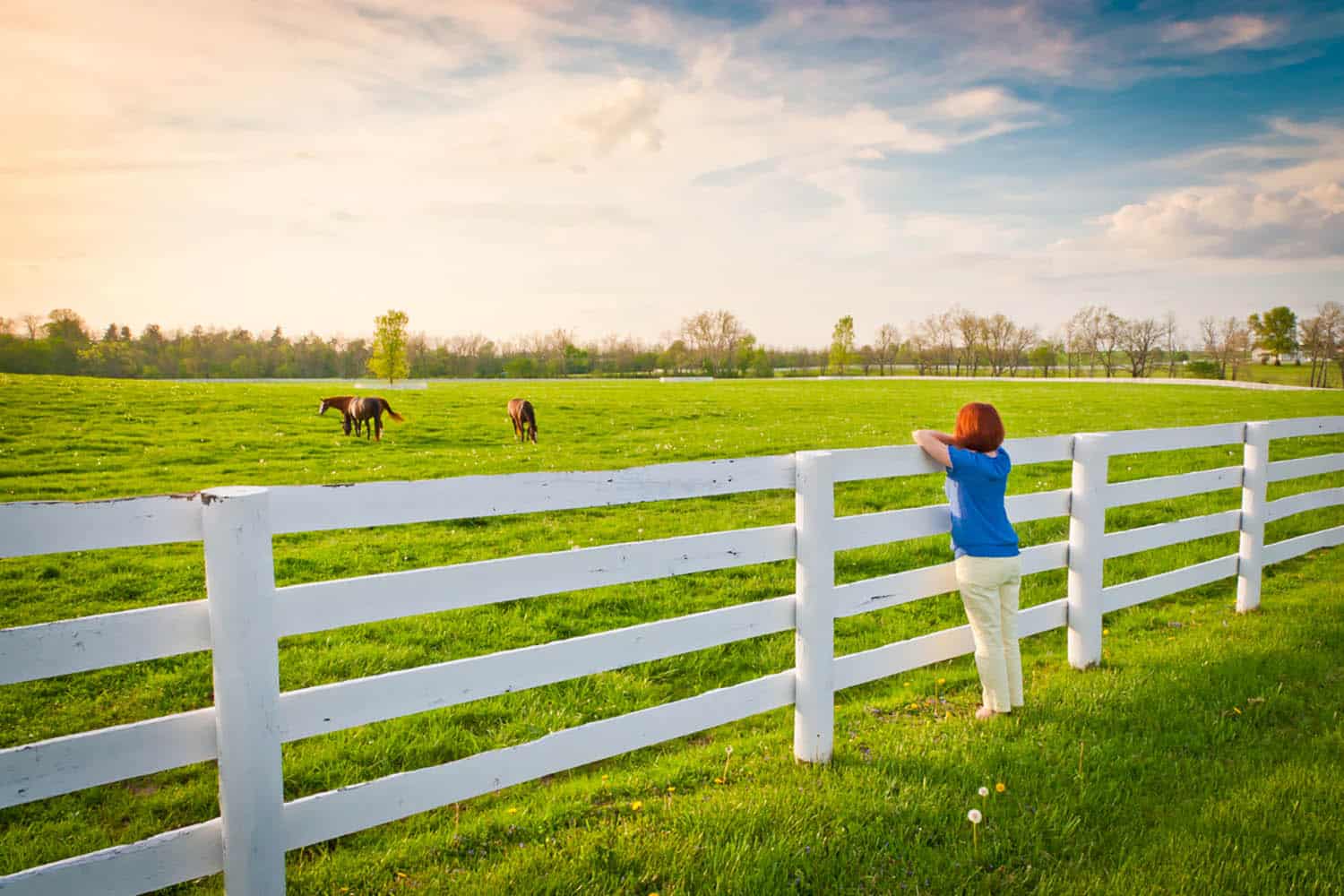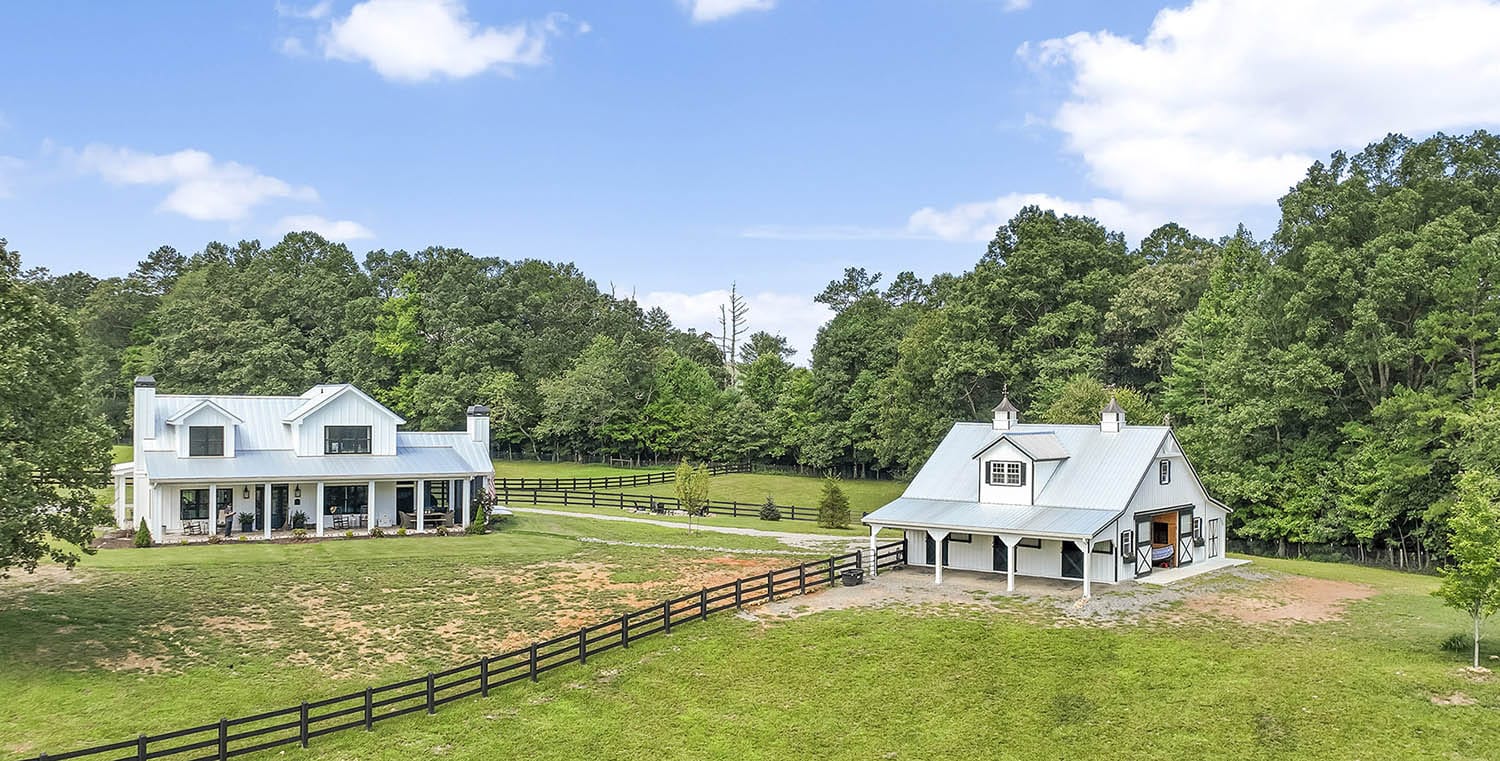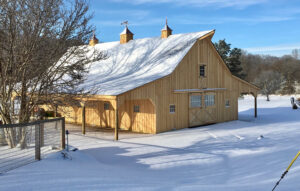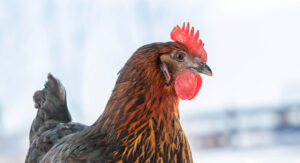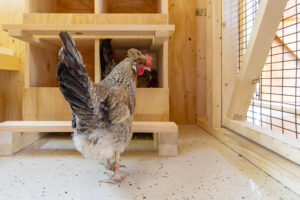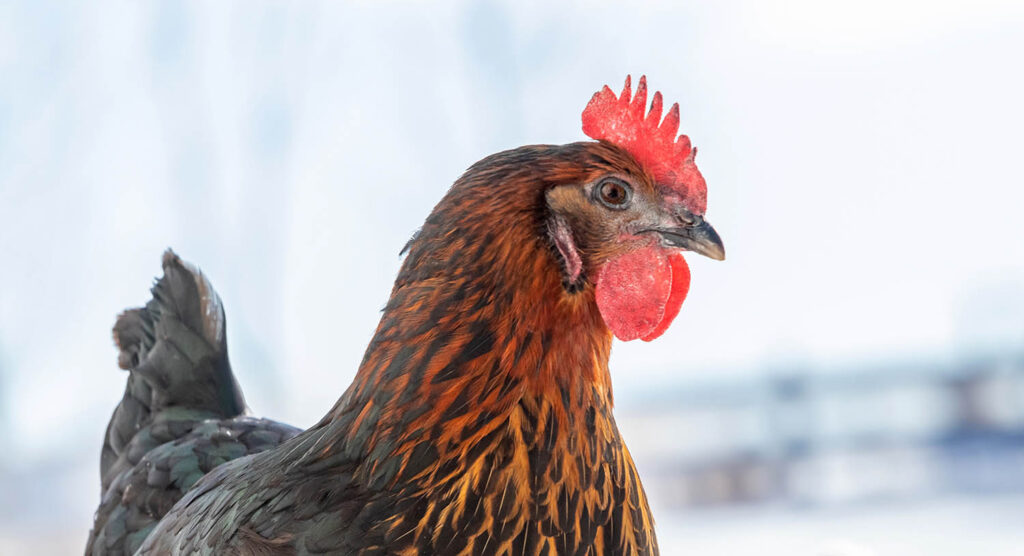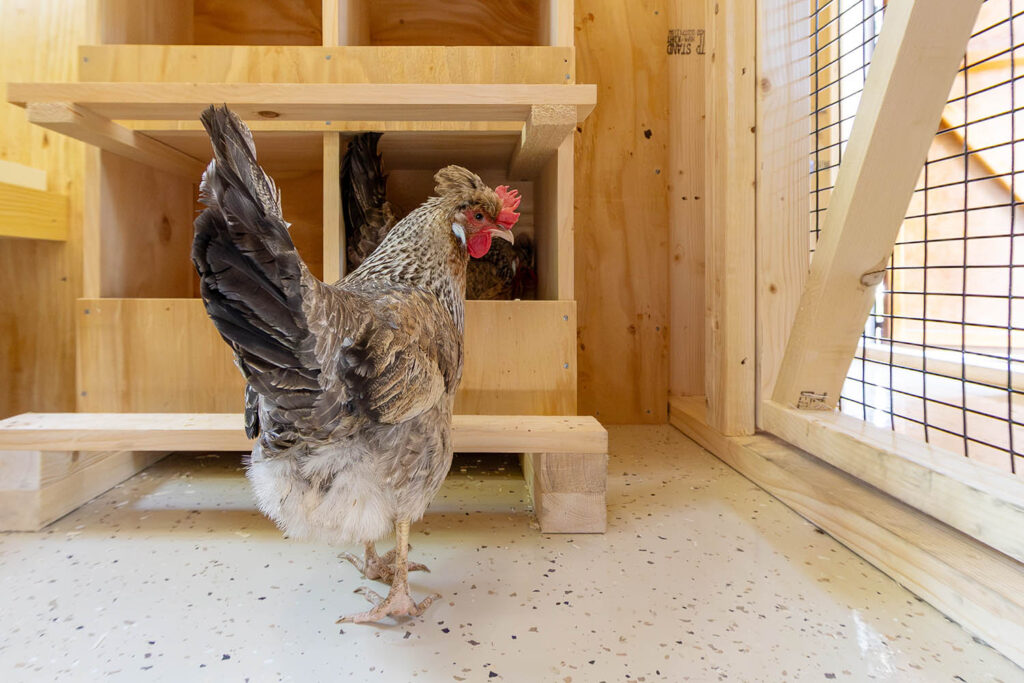One of the hardest things in the horse farm development project is finding the right land to work with in the first place. Especially if you are working within a limited budget, which realistically most of us are (but even if you have piles of cash to invest), making the right decision on the fundamentals of site acquisition is essential.
For my husband and I, our search for the right horse property that offered us an open slate to develop as we wished and to complete our ‘dream horse farm’ took seven years of ardent searching to find. We finally located it after many years of managing on a smaller property that was not ideal for horse-keeping, and we spent much time and effort trying to find it and have always been glad we waited things out until we found something that ‘spoke to us’ and a place where we weren’t making too many compromises.
Like most people, we were hampered by budget and by location. The latter being influenced by proximity to good schools for our teenage kids, parental homes and maintaining commute access for work. But it was well worth the wait. And my best advice here to those of you that have been searching for a suitable site yourselves in the same way, is to keep at it!
When you purchase land with plans to develop it as a horse farm there are a myriad of things to seek, avoid and compromise on before you dive into ownership. When you make informed decisions based not just on price but also on how good the site you’ve set your heart on will really work for use as a horse farm, you will ultimately save yourself headaches and will make the most economic long-term decision.
Map It Out
Open, tillable land will always cost more than forested land. And as horses can collide headfirst into trees when in a frenzied gallop at pasture, it’s best to plan on minimal forestation within grazing areas and limit the amount of forestation on the property. Unless you want perimeter privacy protection or plan to cut trails throughout for exercising horses (remember that all woodland trails take a lot of maintenance). Trees left for shade may require constant elevation – a run-in shed may be a better option.
Everyone has a different vision for the size and scope of their horse farm project, and those ideas can change over time. Map out your ideas based on both present day and possible future needs in terms of overall design and decide how any particular piece of property would work by creating an approximate layout and figuring out how it would fit into the geography and geology of the land. Here’s some thoughts on that topic.
There is no perfect land for a horse farm – but there are certainly some options that are better than others. Unless you have an unlimited budget, compromises will need to be made.
Also consider carefully what the ultimate actual expense may be to fix or to work with those trade-offs and how they might add up to over time annoyance-wise. Compromises can certainly come at a cost so be sure you are prepared for them, whether it’s trudging supplies uphill on a slippery snow-covered driveway requiring additional labor or unnecessary monetary expenses such as buying hay supplies in small quantities due to lack of a suitable area to erect a storage structure.
Realistic Development Expenses
There are many accessorial expenses that come with developing open land to create a workable and hopefully highly functional horse haven. In the excitement of finding suitable land offering that appears to have the credentials to work it is easy to overlook key expenses.
Here’s a summary of what not to miss in your budget process:
- Costs for planning permits, electrical inspections and other government registrations or licenses related to horse ownership and building.
- Land clearing of brush/debris/trees or plant life and building site excavation and levelling – consider that cutting down trees and leaving stumps will make ground unavailable for mowing and upkeep but removing roots will be costly and require the excavated materials be replaced and compacted.
- Driveways and Parking Areas ( wide enough to accommodate larger equipment for deliveries and security to keep humans and horses and wildlife both in/out – size up your needs here).
- Drainage Installation (see info here on Ditches, Dirt and Disasters).
- Energy Needs, Services Access & Supply Storage – Water/septic/electric/cable/propane/oil/generators/solar panels/Wifi – think above and below ground and consider needs for lighting and power to fields/paddocks/exercise areas. Sites in rural areas may need wells dug and septic systems installed.
- Security Options – Wifi/underground cables/CCTV.
- Fencing and Gates – both for pastures and for perimeter security needs. Consider also shelter needs such as run-in sheds.
- Pasture Management – reseeding/bushhogging/removal poisonous plants/trees and haying or other management of larger areas requiring frequent maintenance.
- Arena – Indoors or out.
- Horse manure disposal.
- Storage provision for larger supplies such as hay and bedding – safe storage matters. Buy good hay and keep it that way.
- Insurance costs – be aware most homeowners polices do not cover liability for horse ownership.
- Ongoing costs for maintenance of buildings and land, including capital outlay for the equipment and supplies necessary to complete the tasks.
Large land parcels will require significant maintenance. If you don’t want to manage these yourselves, you may be fortunate enough to resource a local farmer who already has the knowledge and the expensive equipment at hand to complete the annual tasks such as topping pastures or haymaking. Perhaps you can come to some barter arrangement rather than paying custom farm fees.
Personal experience has taught me that generally such arrangements are highly unreliable. Sadly, most cow farmers have little interest in making hay of sufficient quality for horses. As the local farmer is likely to have his own plus a list of other properties to attend to each season, yours can become low on the priority list.
These delays can cause significant problems and frustration; hay crops may be lost due to lack of availability to come turn the hay or bale it, or the hay crop may ‘go over’ and become too dry to provide good quality forage. We’ve also offered our fields for free haying and had large round bales left on fields season to season, requiring us to manage their removal and disposal. In the end, as I already had some experience as a child with farming and haymaking for horses, we bit the bullet and invested in our own haying equipment. A decision I have never regretted I might add.
Also consider that as farmers age out, they will likely sell their equipment and retire from farming life. This leaves you with little knowledge or ability to manage these costs. Bear in mind that the capital spend for tractors and other equipment is considerable, but as farmers are becoming depleted in numbers, there is a lot of used equipment available on the market if you don’t want to buy new. Check auctions for best deals if you are purchasing equipment.
Tip: Also be aware that you need a certain horsepower tractor to work with specific equipment. Don’t run out and just buy any tractor, then obtain a baler and a discbine and a rake and not look at the compatibility factor. Also bear in mind that farming is a dangerous endeavor, rating higher for life-changing accidents and death than even construction.
Special Site Provisos for Equestrian Business Set Up
Successful set up of an equestrian business encompasses smart decisions on not just site selection factors such as proximity to the road for ease of access in all weathers for deliveries and clientele, but also making a wise choice in regional location and foot traffic metrics.
Do your due diligence before you cut the check and buy the land because creating a new clientele in an area that is already saturated with half-empty boarding barns or is located in a remote area that is unhospitable to keeping horses will make business development difficult. Take a horse biz reality check.
Check with local authorities about special building code needs for public equestrian facilities versus a private horse farm, as well as limits on numbers of horses per acre and other requirements. Every town is different so don’t assume because you see a working horse property close by operating in a specific fashion, that it isn’t one that enjoys the benefit of being ‘grandfathered in’ under current local ordinances rather than subject to newer restrictions.
Commercial operations, especially those where the public will have access, have strict requirements for a myriad of extra safety measures. From 4-door access to an indoor arena, to 24-hr lighting of Exit signage, fire prevention measures, and building material ratings used in the basic construction.
The list of special requirements is extensive so don’t be fooled into thinking that corners can be cut in the construction phase, because when it comes time to open the stable doors making changes to meet ordinances can be at best prohibitively costly, and at worst impossible to accomplish.
Take Home Message
Whatever land you buy, know what you are getting into.
Consider that the property and school taxes assessed on open land when you buy it, will not hold at the same figures when you’ve added a house, Barndominium or other development to the property.
Also be realistic about learning new skills and your ability to do so long term. Think about how each aspect of the site can be designed to minimize future maintenance costs and labor. For example, side your structures with solid warrantied low-maintenance material or stain wood with a durable product to minimize the need for repairs or repainting later.
Make your best decisions now by being well-informed and save yourself a lot of heartache later.
Want a clearer plan before you buy or build?
Land is only the starting point. The right layout can reduce daily labor, protect your pastures, and prevent costly rework later.
Share your property details and goals, and we will help you map out:
- Best building placement for access and drainage
- Space for hay, bedding, and equipment storage
- Safer flow for horses, trailers, and deliveries
- A plan that leaves room for future growth
Get My Horse Farm Plan Started
Call us at 888-447-4337 (7am – 4:30 pm EST) – to speak with one of our experience horse barn project managers.


